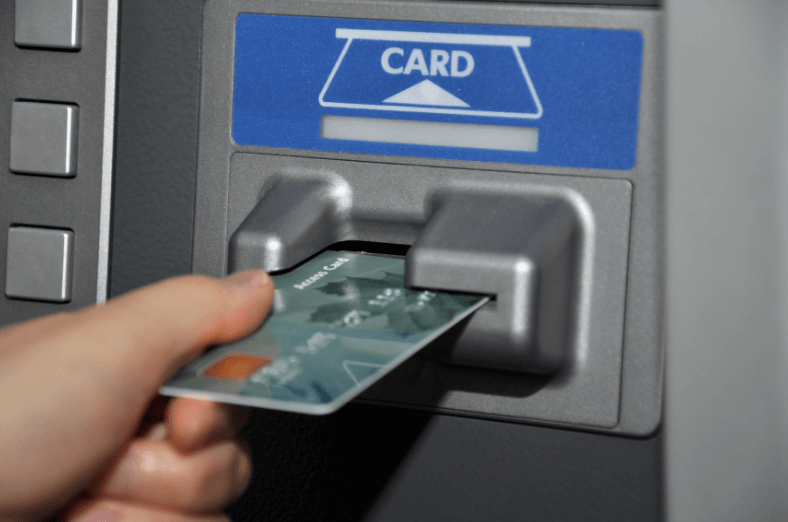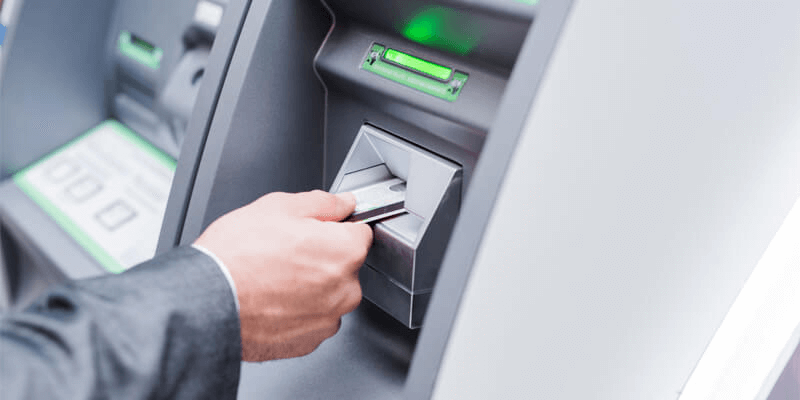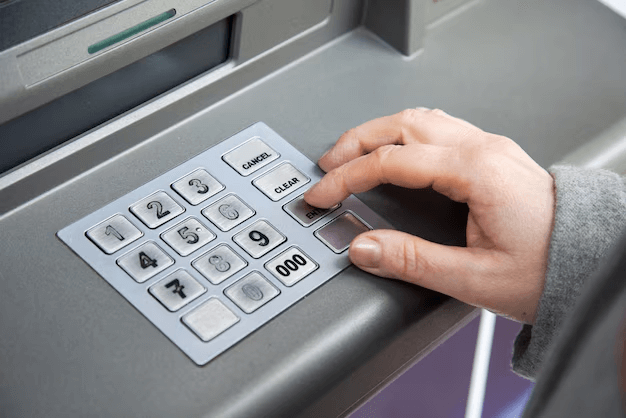
How can ATM card skimming be deducted and prevented?
ATM card skimming remains widespread. Criminals use low-cost hardware and social engineering techniques to combine skimmers with tiny cameras, counterfeit keypads, and wireless transmitters to steal both card data and PINs. Meanwhile, many ATMs still allow for a traditional fallback mode for compatibility. Even with the widespread adoption of chip and contactless technology, the risk persists. We’ll break down how these skimming attempts are successful and what consumers and banks can do now to mitigate the risk.
How Skimmers, Shimmers, and Fake Keypads Steal Data
Skimmers attach to or sit inside real card readers. They copy magnetic-stripe data as the card passes. At the same time, criminals use pinhole cameras or fake keypads to capture PIN entries. Recently, thin “shimmer” devices entered chip readers. Although shimmers do not always defeat chip security, they can capture some chip-related data that helps fraudsters. In other cases, attackers harvest fallback magstripe data when machines accept it. Thus, the attack chain remains robust and varied.

Why EMV and Contactless Alone Aren’t Enough
EMV chip cards and contactless payments reduce the risk of simple cloning. However, they do not remove every attack vector. Shimming and fallback mechanisms still exist. Moreover, some ATMs and merchants keep magstripe fallbacks for older systems. As a result, attackers exploit those weak points. In addition, consumer behavior matters. Many people still reveal PINs in public or use unsecured ATMs. Therefore, technological upgrades must pair with operational changes to be effective.
Organized Crime, Marketplaces, and the Scale of Fraud
ATM card skimming often operates on a large scale and with careful planning. Organized groups deploy devices across multiple locations. They collect data, clone cards, and monetize information via underground marketplaces. Law enforcement operations occasionally break up networks. Still, new groups replace them quickly. Additionally, attackers continually innovate; they automate parts of their operations and employ disposable hardware. Consequently, the economics of skimming stay favorable for criminals unless detection and enforcement improve.

Operational Gaps Banks Must Close
Many successful attacks exploit basic operational lapses. For example, infrequent physical inspections let devices remain in place. Also, weak tamper sensors or inconsistent firmware updates create windows of opportunity. Additionally, ATM networks with mixed-vendor equipment face integration issues and slower patch rollouts. Lastly, telemetry gaps prevent banks from quickly correlating suspicious card activity. Therefore, banks need stricter inspection schedules, better hardware standards, and enhanced remote monitoring to reduce exposure.
Simple Steps Consumers Can Take Today
Consumers can significantly reduce their risk by adopting a few habits. First, use ATMs in well-lit bank branches when possible. Second, inspect the card slot and keypad for loose or unusual parts. Third, cover the PIN with your hand while typing. Fourth, favor contactless or in-app withdrawals when available. Finally, enable real-time transaction alerts and review your statements regularly to stay informed and aware. These steps help catch fraud early and make skimming less profitable for attackers.

Technical Protections That Make a Difference
Banks can adopt layered technical controls. They should install anti-skimming bezels and tamper-evident seals. Additionally, card-reader authentication and encrypted PIN pads reduce the risk of interception. Real-time analytics helps detect patterns of rapid withdrawals or cross-location usage. Moreover, phasing out magstripe fallback, where feasible, removes a standard vector. Together, these measures increase the costs for criminals and reduce the window of opportunity for exploitation.
Policy, Sharing Intelligence, and Enforcement Actions
Fighting skimming requires coordination beyond individual banks. Financial institutions must share indicators of compromise quickly. Regulators should require stronger terminal standards and accelerate the adoption of EMV/contactless technology. Also, prosecutors and police need resources to track and seize criminal proceeds. International cooperation is crucial because criminals frequently move devices and data across borders. Indeed, past coordinated takedowns have shown that combined intelligence and enforcement can effectively disrupt skimming networks.

Action Checklist for Safer ATM Card
If you’re a bank employee, consider increasing the use of physical checks and installing anti-skimming hardware. Then, strengthen firmware management and telemetry. Additionally, remove magnetic stripe fallback mechanisms whenever possible. If you’re a consumer, check machines, protect your PIN, and use branch ATMs. Finally, enable alerts and report suspicious activity immediately. These changes, implemented by both banks and users, will reduce fraud, protect funds, and significantly decrease the likelihood that attackers will target ATM cards.


